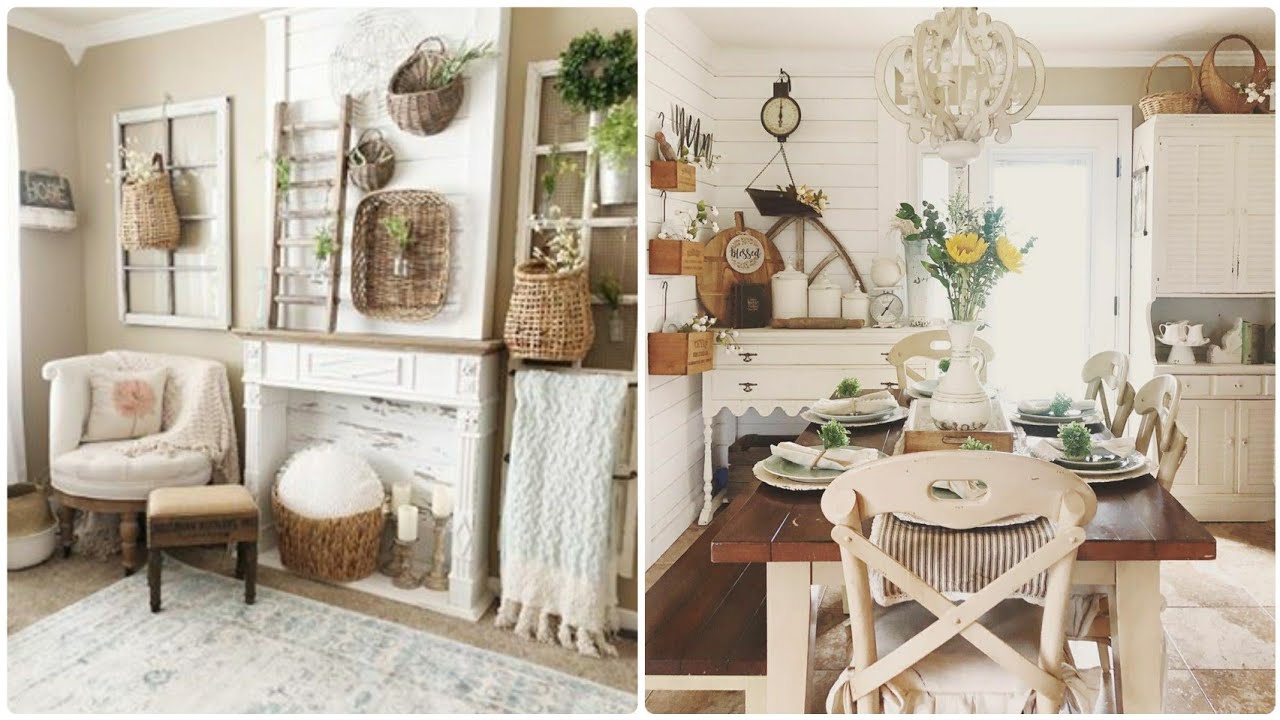Are you considering renovating an antique farmhouse? If so, you’re not alone! Antique farmhouses have a charm that is hard to resist. Their unique features, such as exposed beams and vintage details, create a warm and inviting atmosphere that modern homes often lack. However, renovating an antique farmhouse requires careful planning and attention to detail. In this article, we’ll provide you with tips for renovating your dream home and bringing out its true beauty.
Table of Contents
- Assess the Condition of the Antique Farmhouse
- Create a Renovation Plan
- Preserve the Antique Farmhouse’s Historical Features
- Choose the Right Materials
- Update the Kitchen and Bathrooms
- Consider Energy-Efficient Upgrades
- Hire a Professional Contractor
- Maintain the Farmhouse’s Exterior
- Don’t Overdo the Renovations
- Enjoy Your Dream Home
Assess the Condition of the Antique Farmhouse
Before starting any renovation project, it’s essential to assess the condition of the antique farmhouse. Take a thorough look at the structure, including the foundation, walls, roof, and windows. Check for any signs of water damage, rot, or pests. Hire a professional inspector to evaluate the condition of the farmhouse and identify any structural issues that need to be addressed. This step will help you create a realistic renovation plan and avoid costly surprises down the road.
Create a Renovation Plan
After assessing the condition of the farmhouse, it’s time to create a renovation plan. Determine your renovation goals and priorities. Are you looking to preserve the farmhouse’s historical character, or do you want to modernize it while retaining its antique charm? Consider the farmhouse’s layout and functionality, and how you can improve them to suit your needs. Create a budget and timeline for the renovation project, and make sure to factor in unexpected costs.
Preserve the Antique Farmhouse’s Historical Features
Antique farmhouses have unique historical features that give them character and charm. These features include original woodwork, exposed beams, antique hardware, and vintage details. When renovating an antique farmhouse, it’s important to preserve these features as much as possible. Consider restoring the original woodwork, refinishing antique hardware, and highlighting the exposed beams. These features are what make antique farmhouses so special and add value to the property.
Choose the Right Materials
Choosing the right materials is essential when renovating an antique farmhouse. Select materials that are appropriate for the farmhouse’s historical period and style. For example, if the farmhouse was built in the 1800s, consider using reclaimed wood, vintage tiles, and antique fixtures. These materials will not only enhance the farmhouse’s antique character but also add value to the property. Additionally, choose materials that are durable and easy to maintain to ensure that the renovation lasts for years to come.
Update the Kitchen and Bathrooms
The kitchen and bathrooms are essential areas of any home, including antique farmhouses. Updating these areas can modernize the farmhouse while still retaining its antique charm. Consider adding modern appliances, such as a dishwasher and a built-in refrigerator, while still preserving the farmhouse’s vintage details. Add modern lighting fixtures to brighten up the space while still maintaining the farmhouse’s ambiance. In the bathrooms, consider adding modern amenities, such as a rainfall showerhead or a clawfoot tub, to enhance the farmhouse’s charm.
Consider Energy-Efficient Upgrades
Antique farmhouses often lack modern insulation, resulting in high energy bills. When renovating an antique farmhouse, consider adding energy-efficient upgrades, such as insulation, double-paned windows, and a high-efficiency HVAC system. These upgrades will not only reduce your energy bills but also add value to the property.
Hire a Professional Contractor
Renovating an antique farmhouse is a significant undertaking that requires expertise and experience. Hire a professional contractor with experience in renovating antique homes. Choose a contractor who understands the unique challenges of working with older homes and knows how to preserve their historical character. A professional contractor will help you create a realistic renovation plan, navigate building codes and permits, and ensure that the renovation meets your expectations.
Maintain the Farmhouse’s Exterior
The exterior of an antique farmhouse is just as important as its interior. Pay attention to the farmhouse’s curb appeal by maintaining its exterior features, such as the roof, siding, and landscaping. Consider repainting the exterior using appropriate historical colors or preserving the original paint if it’s still in good condition. Add outdoor lighting and seating areas to enhance the farmhouse’s outdoor living space.
Don’t Overdo the Renovations
While it’s tempting to add modern amenities and trendy antique farmhouse decor to an antique farmhouse, it’s important to balance modern updates with the farmhouse’s historical character. Don’t overdo the renovations by removing too many antique features or adding too many modern elements. Remember, the farmhouse’s charm lies in its unique historical features. Focus on enhancing the farmhouse’s antique character while adding modern amenities that complement it.
Enjoy Your Dream Home
After completing the renovation, it’s time to enjoy your dream home! Antique farmhouses have a special charm that is hard to replicate in modern homes. Enjoy the farmhouse’s unique features, such as the exposed beams, vintage hardware, and original woodwork. Spend time outdoors in the farmhouse’s beautiful surroundings, and make memories with family and friends. A renovated antique farmhouse is not just a home, it’s a piece of history and a unique lifestyle.
In conclusion, renovating an antique farmhouse requires careful planning and attention to detail. Assess the condition of the farmhouse, create a renovation plan, preserve the historical features, choose the right materials, update the kitchen and bathrooms, consider energy-efficient upgrades, hire a professional contractor, maintain the exterior, and don’t overdo the renovations. By following these tips, you can renovate your dream home while preserving its unique historical character and charm. Enjoy your new home and the memories it will bring!
